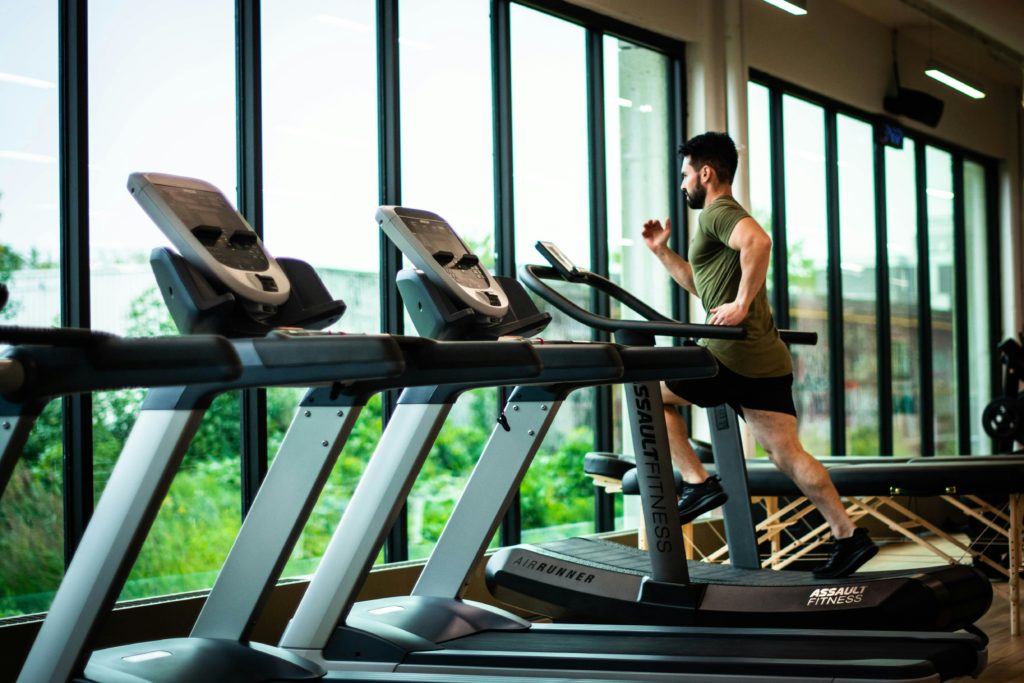Commercial Feature
How PCT Helps Athletes Maintain Gains and Hormonal Balance

Most athletes obsess over the cycle itself – what compounds to run, how to push for size or strength – but far fewer plan for what happens after. That’s usually where mistakes show.
The body doesn’t pay attention to how much weight you’ve moved weeks prior to when your testosterone production started dwindling. Hormones swing out of balance, recovery slows, and the lean muscle you worked for can start dissipating long before your next training block.
Understanding post cycle therapy and its benefits is key because it closes the gap between the end of a cycle and the moment your body starts running on its own again.
What Really Happens When You Stop
Natural testosterone production doesn’t bounce back overnight. Suppression varies depending on the cycle, but most athletes experience some combination of slower recovery, mood changes, and a tendency to gain fat faster.
These aren’t just annoyances. A prolonged hormonal slump can lead to lower bone density, poor sleep, and months of stalled progress. PCT helps shorten that window.
Why Muscle Loss Happens Faster Than You Think
Even with perfect training and diet, suppressed testosterone shifts the body into a catabolic state. Lower testosterone means:
- Protein breakdown rises, making it harder to keep muscle size.
- Glycogen stores drop, muscles look flatter, and pumps feel weaker.
- Work capacity shrinks, meaning you can’t train as hard, even mentally.
This is why many athletes feel like they’re “shrinking” within weeks of ending a cycle. PCT’s real job is to limit this downward spiral while your body catches up.
How PCT Works… And Why Timing Matters
Most protocols use selective estrogen receptor modulators (SERMs) to “nudge” the body into restarting testosterone production while keeping estrogen under control. Aromatase inhibitors are sometimes added when estrogen spikes too high.
Starting too early is almost as bad as starting too late. Ideally, PCT begins a few days to two weeks after your last compound, depending on half-life. Too soon, and suppression may still be active; too late, and muscle breakdown accelerates.
PCT Mistakes That Cost Athletes Progress
Plenty of athletes follow PCT protocols but still lose significant size. The usual culprits:
- Cutting calories too aggressively – chasing fat loss during PCT almost guarantees muscle loss.
- Resuming heavy training too early – joints and connective tissue recover slower than strength does.
- Ignoring stress management – cortisol spikes can delay hormonal recovery just as much as poor nutrition.
Avoiding these mistakes is as important as the compounds you take.
The Real Goal Isn’t Just Hormones
Think of PCT as damage control for the whole system, not just testosterone levels. The best results happen when:
- Caloric intake is steady—extreme dieting during this phase almost guarantees muscle loss.
- Training volume adjusts to recovery—quality lifts, not maxing out, keep joints safe while hormones normalize.
- Sleep and stress are managed—high cortisol can slow hormonal rebound as much as poor nutrition can.
Done right, you’ll feel energy and mood return first—usually within two weeks. Muscle fullness follows, but full hormone recovery can take a month or longer. Rushing that process is how people end up injured or burned out.
PCT as a Bridge, Not a Reset
The best athletes don’t treat PCT as a chore. They see it as the link between phases – an investment in how much of their progress survives into the next cycle.
Post cycle therapy done with the right products won’t build new muscle, but it protects what you’ve already earned. Think of it as carrying momentum forward: the better you handle these weeks, the stronger you start the next block.
What Coaches Notice About Successful PCT
Coaches who track athletes through multiple cycles notice a pattern: those who recover best aren’t just the ones with perfect protocols – they’re the ones who treat PCT with the same seriousness as a training cycle.
They monitor sleep, adjust training loads weekly, and avoid “chasing pumps” too soon. It’s that discipline during the boring weeks that often separates athletes who return stronger from those who start every cycle from scratch.
 News / Robinson historian calls to recognise first King of England4 September 2025
News / Robinson historian calls to recognise first King of England4 September 2025 News / Tompkins Table 2025: Trinity widens gap on Christ’s19 August 2025
News / Tompkins Table 2025: Trinity widens gap on Christ’s19 August 2025 News / Students form new left-wing society in criticism of CULC3 September 2025
News / Students form new left-wing society in criticism of CULC3 September 2025 Science / How to spot a cheater (without Coldplay’s kiss cam)5 September 2025
Science / How to spot a cheater (without Coldplay’s kiss cam)5 September 2025 Music / Video killed the radio star 6 September 2025
Music / Video killed the radio star 6 September 2025




